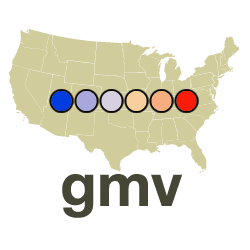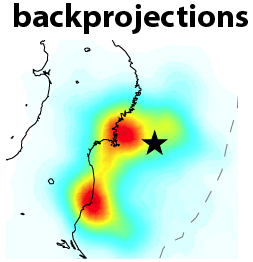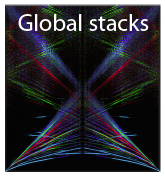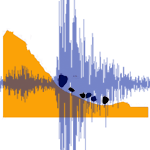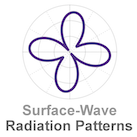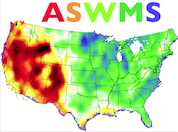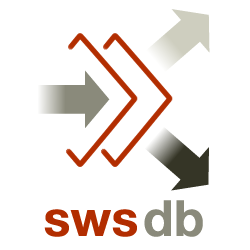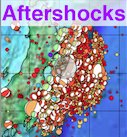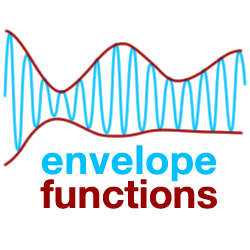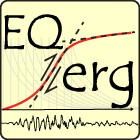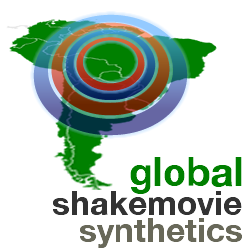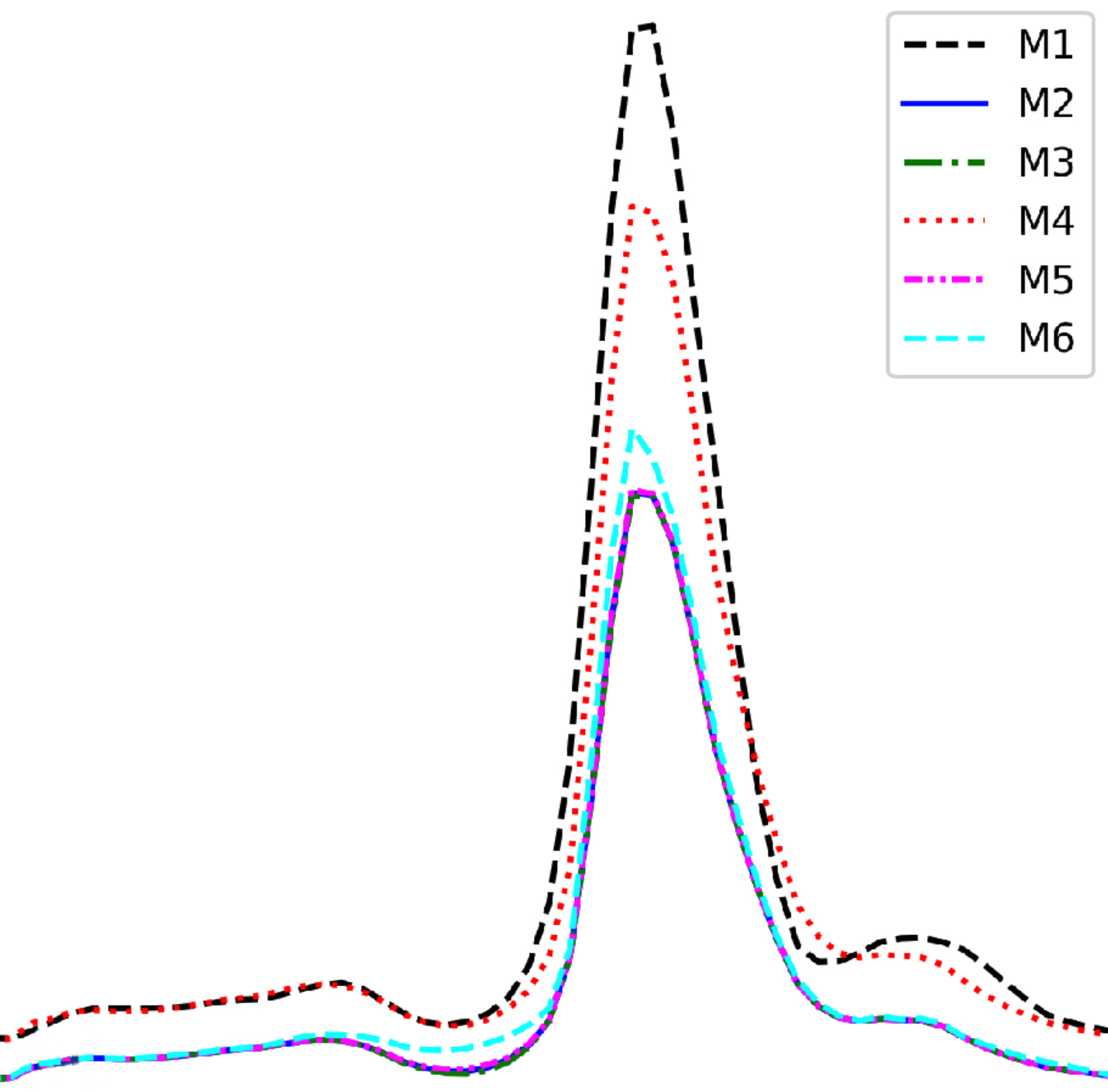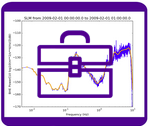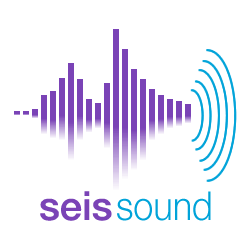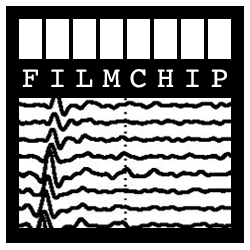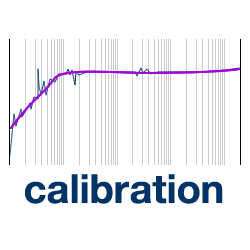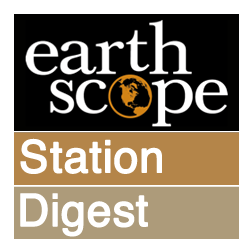Data products derived from raw data are produced both by the scientific community and the EarthScope DMC. These complement the simple data products based on raw data such as event segmented waveforms, which are available via the DMCs traditional data access mechanisms. To ensure that the data products are useful to the research community, direct feedback and guidance is provided by the Data Service Standing Committee (DSSC).
 Below is a list of products produced either at the DMC or by the research community that are available from the DMC. Many of these products are available in SPUD where you can easily search for and download products.
Below is a list of products produced either at the DMC or by the research community that are available from the DMC. Many of these products are available in SPUD where you can easily search for and download products.
EMC
EarthScope Earth Model Collaboration
A repository of Earth models with the aim of providing the research community with access to various Earth models, visualization tools for model preview, facilities to extract model data/metadata and access to the contributed processing software and scripts.
syngine
On demand custom 3D AxiSEM synthetic seismograms
The Synthetics Engine (Syngine) service provides access to custom tailored synthetic seismograms for selected Earth and Mars models.
EventPlots
Maps, record sections & other plots for M6.0+ events
The IRIS DMC's Event Plot product is a suite of plots that are automatically generated following all earthquakes of magnitude 6 or greater. The plot suite uses all open broadband data, or a sub-selection, available at the IRIS DMC at the time the product was generated. Based on data availability and signal quality, some plots may not be produced for certain events.
GMV
The Ground Motion Visualization
Visualizations of real data showing how seismic waves from earthquakes sweep across the North American network of seismic stations for which data are openly available and are collected using the federated data access.
The Back-Projection (BP) product shows the beamformed time history and location of coherent short period P-wave energy generated by large earthquakes observed at three regional arrays and across the Global Seismic Network. These are generated following all global M6.5+ earthquakes. The back-projections typically take less than 10 minutes to compute, however arrival of event triggers, travel time of P-waves, downloading of data and shared DMC computing resources delays publication of results in SPUD to about an hour after origin time. These are fully automated and not reviewed by a human.
Global stacks of up to a million event-windowed seismograms using short-term to long-term averages (STA/LTA) in different frequency bands for vertical broadband data (1990-2012) available from the IRIS DMC. Long period versions include vertical and horizontal component data.
ESEC
Exotic Seismic Events Catalog
ESEC is a compilation of data on non-earthquake seismic sources such as landslides, debris flows, dam collapses, floods, and avalanches that generate seismic signals but are rarely included in common earthquake catalogs. This catalog is designed to allow new entries as information regarding new recent and historic events becomes available. We strongly encourage contributions to ESEC catalog. If you are interested in becoming a contributor to this catalog, please see the ESEC Event Contribution Guidelines.
The IRIS DMC’s Surface-Wave Radiation Pattern product shows the patterns of seismic energy radiation by azimuth around the epicenter for Rayleigh and Love waves. For all events with moment magnitude Mw ≥ 6.0, the product provides plots based on the source mechanism reported by the Global CMT Project. The event-based radiation patterns are accompanied by an interactive plot based on source mechanisms chosen by the user.
To support USArray TA infrasound data set, the IRIS Data Management Center (DMC) has developed two infrasound data products: the TA Infrasound Reference Event Database (TAIRED) and TA Infrasound Detections (TAID). These two data products are designed to provide insight and tools for researchers to begin working with this large, and somewhat unique, new data set.
ASWMS
Automated Surface Wave Phase Velocity Measuring System
Do-it-yourself automated surface wave tomography using the MATLAB based ASWMS package developed by Ge Jin & James Gaherty. This product provides 1) the ASWMS software package and 2) weekly updated USArray, Alaska surface wave tomography maps using ASWMS.
SWS-DBs
Shear-wave splitting databases
The shear-wave splitting (SWS) databases data product provides the geosciences community with an easy access to two published databases:
Animations and figures of seismicity automatically generated following large global earthquakes (Mag > 7).
EARS
EarthScope Automated Receiver Survey
The EarthScope Automated Receiver Survey (EARS) calculates bulk crustal properties of IRIS stations using receiver functions. Originally developed at the University of South Carolina, EARS continuously monitors for new events and stations updating the database when new candidate data are found.
A collection of continuous envelope functions to search for tectonic tremor and for data quality analysis. Envelope functions are computed automatically by the Earth and Space Sciences Department of the University of Washington utilizing selected portions of the IRIS DMC waveform archive and are distributed by the IRIS DMC.
EQEnergy
Earthquake energy & rupture duration
Earthquake energy and rupture durations are estimated following all earthquakes with initial magnitude above Mw 6.0 and a GCMT moment tensor. The method follows Convers and Newman, 2011. These are fully automated and not reviewed by a human.
Point-source synthetic seismograms are used along with vertical component recordings of short-arc Rayleigh waves (R1) from GCMT Mw7.0+ earthquakes to calculate source-time functions (STF) at GSN and other stations.
Download synthetics from ShakeMovie website
The Global ShakeMovie website at Princeton provides bundles of all calculated synthetics in SAC format for reach event as tar files.
Search for synthetics at IRIS
Events for which synthetics are available in the DMC archive are listed in SPUD.
Global Centroid-Moment-Tensors from the GCMT project at Lamont-Doherty Earth Observatory are available through SPUD within minutes after their publication. Initial quick-CMT solutions are shown and are later updated to GCMT solutions when updates arrive.
ANCC-CIEI
Western US Ambient Noise Cross-Correlations
An ambient noise cross-correlation based database of empirical Green's functions (EGFs) of the Western US using USArray Transportable Array (TA) data.
HVSR
Horizontal‐to‐Vertical Spectral Ratio (HVSR) IRIS Station Toolbox
The HVSR station software toolbox is a small suite of programs, written in Python, that allow users to perform HVSR analyses for seismic stations available from the IRIS DMC with minimum computational requirements. The toolbox utilizes the precomputed spectral analysis results from DMC’s MUSTANG quality assurance system to derive spectral powers and perform HVSR analyses.
EMTF
Magnetotelluric Transfer Functions
USArray magnetotelluric transfer functions (MT TFs) calculated at USArray MT sites installed by Oregon State University, as well as other community magnetotelluric transfer functions, are available from the SPUD EMTF repository in both XML and EDI formats. The international magnetotelluric community is invited to use the EMTF repository to archive their MT TFs. Please contact Anna Kelbert for support; all data formats are accepted and a data citation is created upon submission of data to the searchable repository.
The XML format for electromagnetic transfer functions and related conversion software was developed at Oregon State University under an NSF award, and later improved and updated by the USGS Geomagnetism Program, with continued support from IRIS. A living software repository is available in the SeisCode EMTF-FCU project File Conversion Utilities project. Detailed documentation and usage examples are provided by Kelbert (2009).
A nested global empirical Green’s tensor (EGT) database derived from three-component continuous data at global, continental and local length scales.
The database is intended to be an open database for anyone to contribute as long as data processing follows a consistent, best practice.
The IRIS DMC Noise Toolkit is a collection of 3 open-source Python script bundles for:
- Computing Power Spectral Densities (PSD) of waveform data
- Performing microseism energy computations from PSDs
- Performing frequency dependent polarization analysis of seismograms
SeisSound
The Audio/Video Seismic Waveform Visualization
The SeisSound Visualization is an audio/video-based IRIS DMC data product that illustrates the frequency and amplitude content of seismograms. Conveying the seismograms frequency content both visually and audibly produces a better understanding of their spectral content.
EMERALD
A software framework for seismic event processing
EMERALD is a complete open-source software server-based system for requesting and processing large sets of event based seismic data from a web browser. Data sets containing millions of seismic waveforms can easily be managed, reviewed, and processed. The system can automatically check for metadata updates, and alert the user to metadata changes.
The DMC receives and archives phase arrivals from the Array Network Facility (ANF). These event bulletins are accessible via DMC’s Searchable Product Depository (SPUD).
FilmChip
The USGS WWFC Pilot Scanning Project
Results of a pilot project whereby WWSSN seismic records, originally recorded on film, were digitized.
Retrieve station calibrations in SEED format
Station Digest reports for decomissioned USArray Transportable Array stations.
External Product Resources







